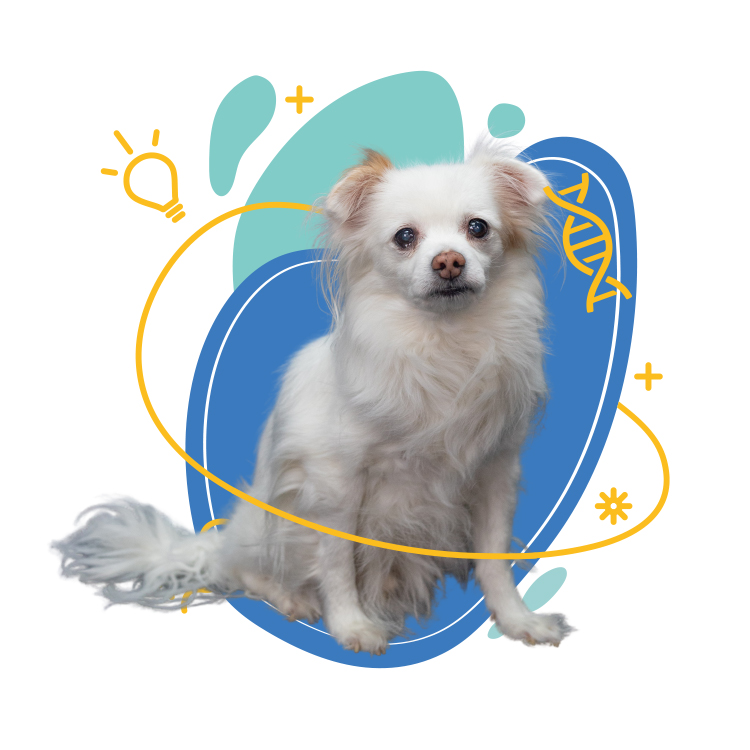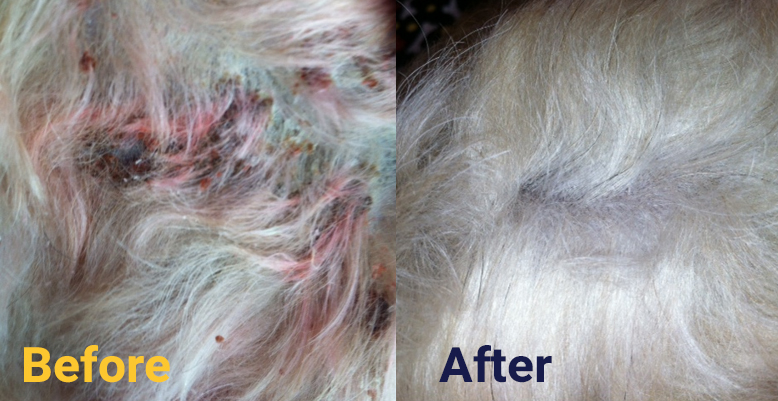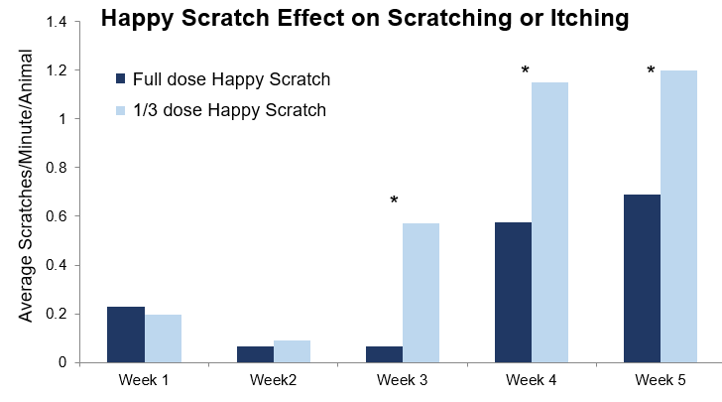At the University of Wisconsin-Madison, Dr. Sand had a mission to create new and valuable products from animal agriculture.
- Up to 70% of the animal is consumed as meat
- The 30% that is not used for human consumption is largely what keeps the animal alive and are called by-products
Dr. Sand’s hypothesis was that meat by-products would contain bioactive molecules that could be used in human and animal health.
After years of testing, our CEO, Jordan Sand, PHD, discovered the untapped potential of “dried pork by-product” as a source of bioactive molecules, specifically pork mucosa, naturally rich in IgA antibodies. By meticulously processing this particular part of the pig into a powder to preserve the bioactivity of the antibodies, Happy Scratch can be used to promote a healthy immune response and support skin health.




